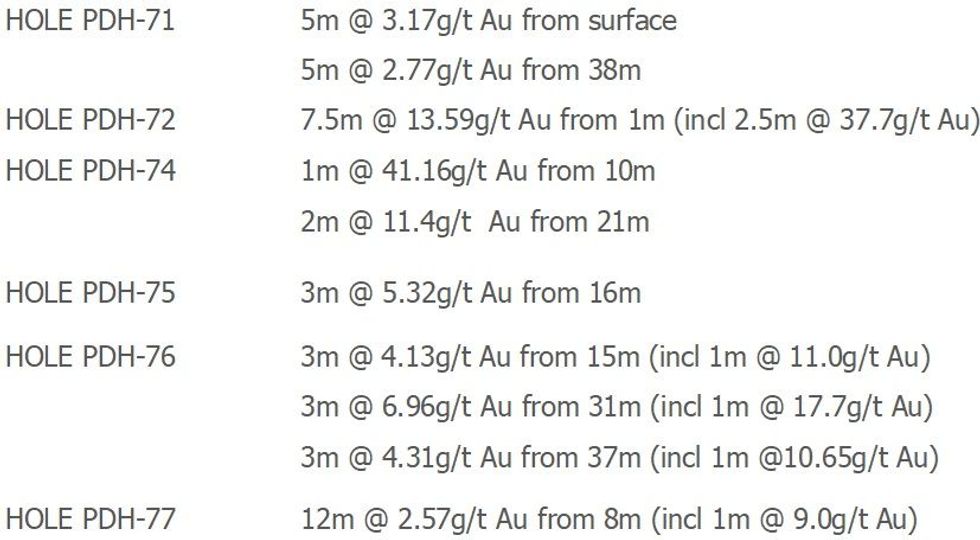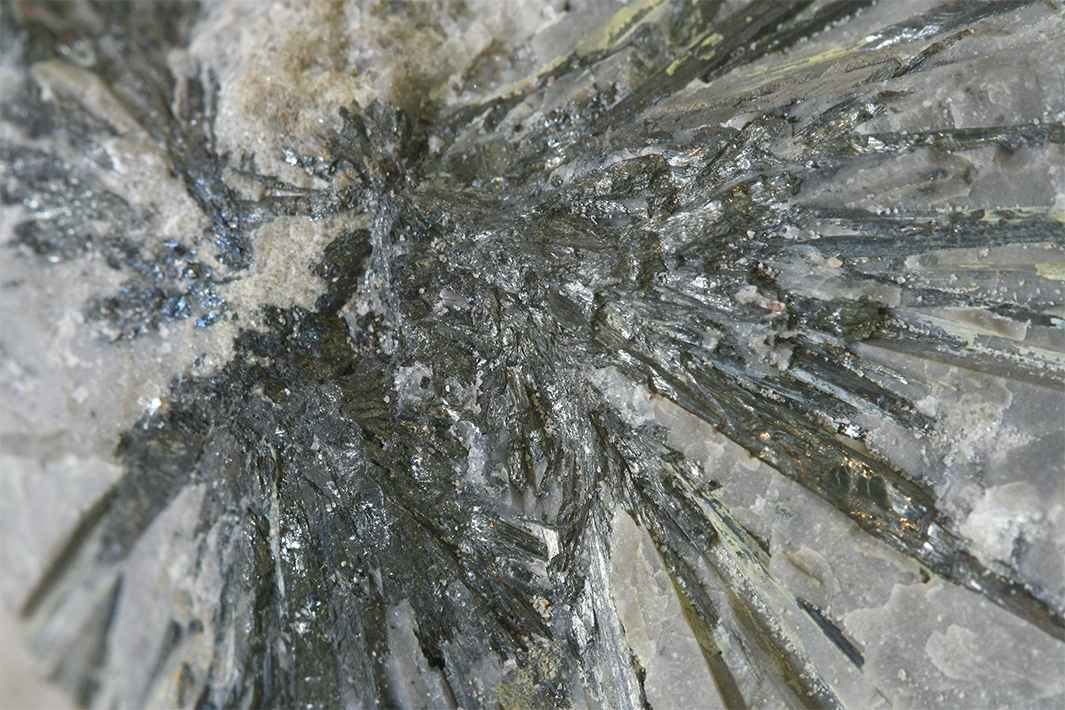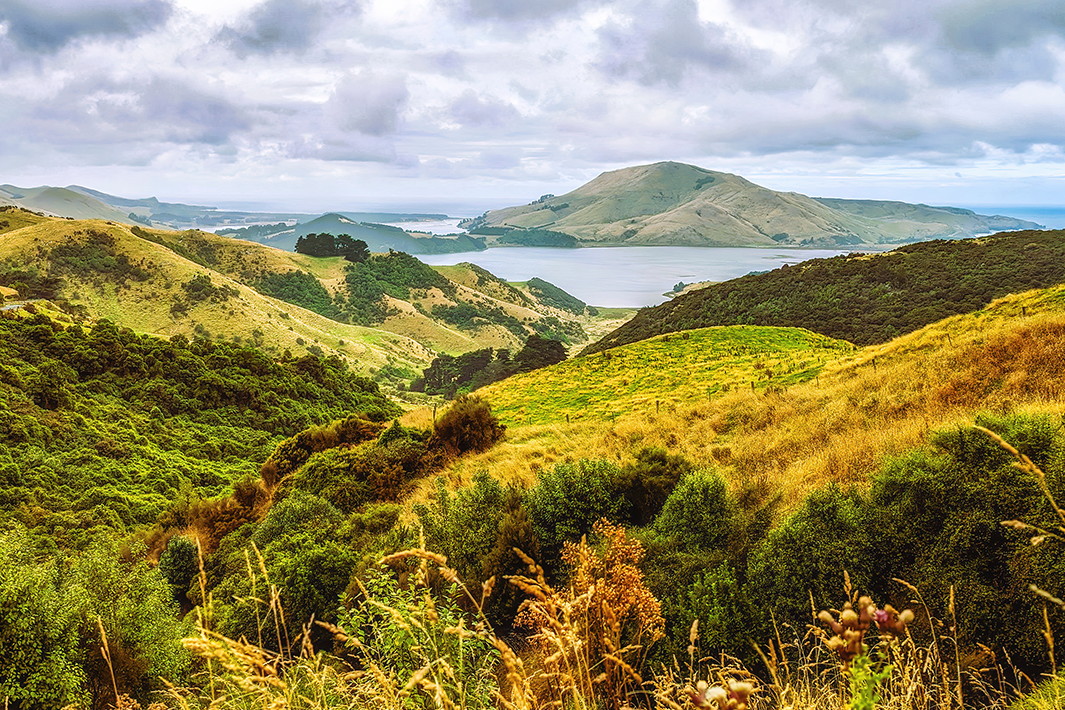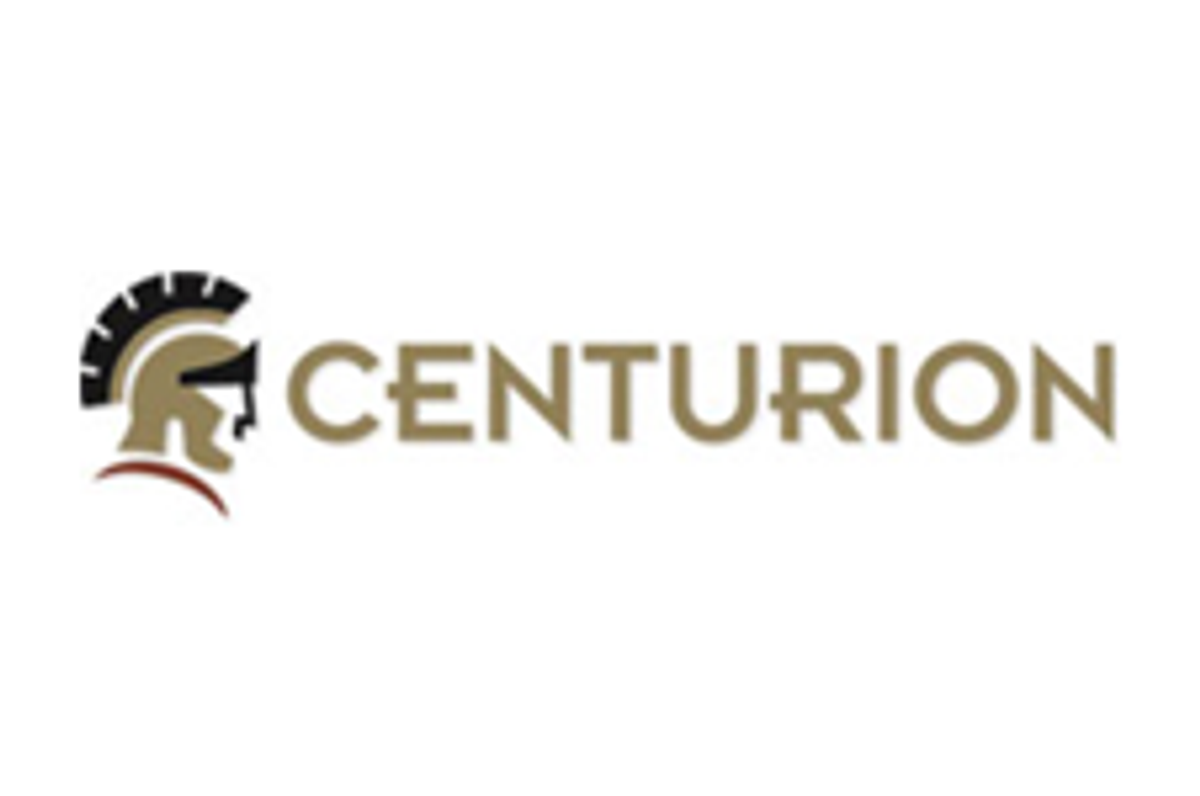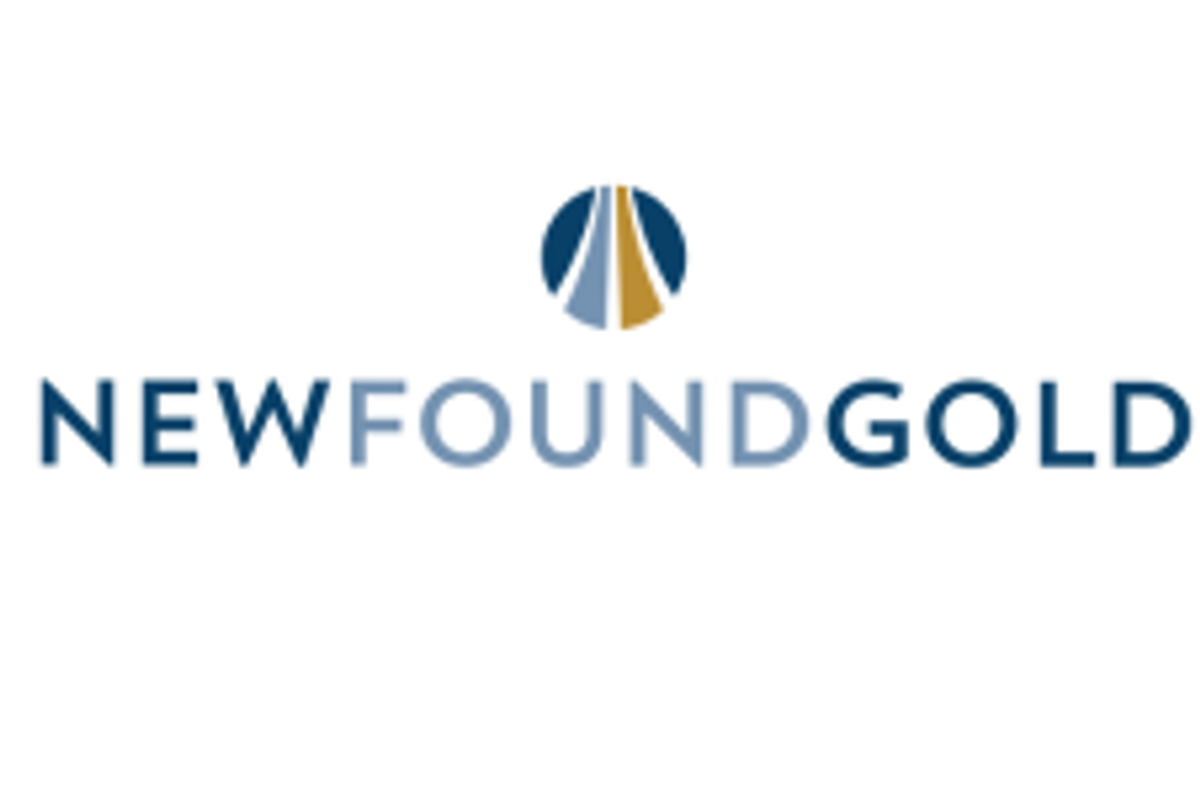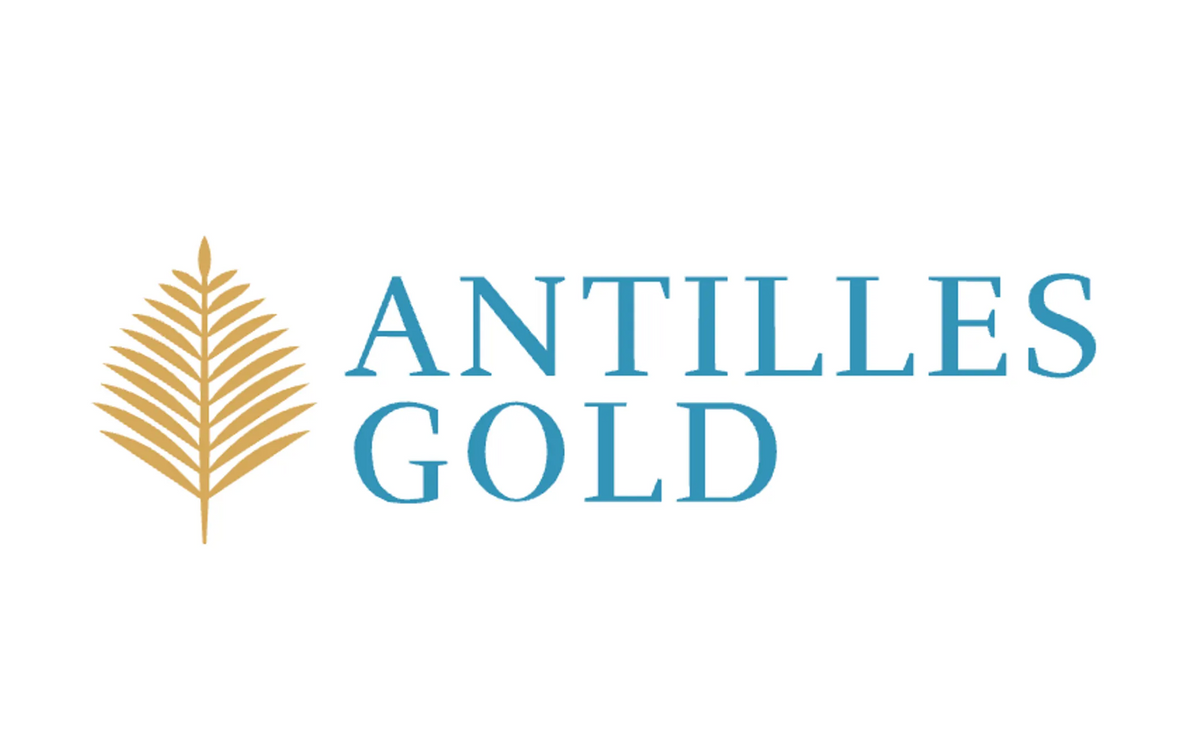
July 31, 2024
Antilles Gold Limited (“Antilles Gold” or the “Company”) (ASX: AAU, OTCQB: ANTMF) is pleased to advise results from the first 7 of 25 shallow diamond drill holes in a 2,000m in-fill program on the Nueva Sabana oxide deposit in central Cuba, which was completed in July 2024.
The aim of the program was to increase the Indicated Resources in the Initial Mineral Resource Estimate advised to ASX on 6 March 2024.
HIGHLIGHTS
Gold Domain – Nueva Sabana
Copper Domain – Nueva Sabana
Sampling Techniques and Data are set out in the JORC Code 2012 Edition Template attached.
NUEVA SABANA GOLD-COPPER MINE
- The in-fill results continue the excellent grades for both gold and copper in the oxide deposit that were incorporated in the Scoping Study for the first stage of the proposed Nueva Sabana gold-copper mine reported to ASX on 7 May 2024.
- Results from the remaining 18 holes are expected by the end of this month.
- An updated Mineral Resource Estimate (“MRE”) for the proposed mine is expected to be completed within two weeks of receiving these results, after which the pit design and mine schedule will be updated, followed by a Pre-Feasibility Study in September 2024.
- The Nueva Sabana oxide deposit is metallurgically simple, and the mine is being planned as a copper project which will benefit from the high-grade gold cap during initial operations.
- Metallurgical test work by Blue Coast Research Laboratories in Canada has indicated a gold recovery of 85% from a simple rougher flotation circuit, and a concentrate of 70.2 g/t Au.
- A copper recovery of 84.5% yielded concentrate grades of 27% Cu from a rougher and cleaner circuit, which has formed the basis of the process design criteria for the Nueva Sabana concentrator.
- Planning and permitting for the proposed mine is well advanced.
- Total development costs are estimated to be ~US$30 million including ~US$5 million of pre- development and concession acquisition costs, and ~US$25 million for mine construction based on quotations for site works, industrial buildings, and a turnkey offer for the design and construction of the concentrator and associated power station.
- The project requires minimal pre-stripping and will not involve the purchase of a mining fleet which is to be hired from the Cuban subsidiary of an international supplier.
- Finance for the mine construction is being negotiated in the form of an advance on concentrate purchases by an international commodities trader.
- The Nueva Sabana project, which is being developed by the 50% owned joint venture company, Minera La Victoria SA, is expected to be development-ready in October 2024.
Click here for the full ASX Release
This article includes content from Antilles Gold, licensed for the purpose of publishing on Investing News Australia. This article does not constitute financial product advice. It is your responsibility to perform proper due diligence before acting upon any information provided here. Please refer to our full disclaimer here.
AAU:AU
The Conversation (0)
23 June 2024
Antilles Gold Limited
Developing Gold and Copper Projects in mineral‐rich Cuba
Developing Gold and Copper Projects in mineral‐rich Cuba Keep Reading...
17 February 2025
Antilles Gold to Raise $1.0M for Working Capital
Antilles Gold Limited (AAU:AU) has announced Antilles Gold to Raise $1.0M for Working CapitalDownload the PDF here. Keep Reading...
31 January 2025
Quarterly Activities/Appendix 5B Cash Flow Report
Antilles Gold Limited (AAU:AU) has announced Quarterly Activities/Appendix 5B Cash Flow ReportDownload the PDF here. Keep Reading...
12 January 2025
Summary of Pre-Feasibility Study for Nueva Sabana Mine
Antilles Gold Limited (AAU:AU) has announced Summary of Pre-Feasibility Study for Nueva Sabana MineDownload the PDF here. Keep Reading...
11 December 2024
Revision to Updated Scoping Study Nueva Sabana Mine, Cuba
Antilles Gold Limited (AAU:AU) has announced Revision to Updated Scoping Study Nueva Sabana Mine, CubaDownload the PDF here. Keep Reading...
31 December 2025
Utah’s Antimony Resource: A Strategic Investment Play in Critical Minerals
Utah may be best known for its copper and gold legacy, but hidden beneath its rugged terrain lies one of the most overlooked critical mineral opportunities in the US: antimony. With global supply heavily concentrated in China and export restrictions tightening, Utah’s underexplored antimony... Keep Reading...
30 December 2025
Hidden Gem: How Intrusion-related Gold Deposits Could Fuel Next-generation Discoveries
With the gold price continuing to hover near all-time highs and major producers scouring the globe for new large-scale deposits, one type of gold system is emerging as a potential game changer. Intrusion-related gold systems (IRGS) have already yielded multimillion-ounce mines, like Kinross... Keep Reading...
30 December 2025
Finding Gold: Exploring New Zealand’s Next Big Discovery
Despite its rich mining legacy, New Zealand remains one of the most underexplored frontiers for gold in the developed world. Now, with advanced exploration tools and a new generation of explorers, the country is emerging as a hotbed of untapped investment opportunity.Modern exploration... Keep Reading...
Latest News
Interactive Chart
Latest Press Releases
Related News
TOP STOCKS
American Battery4.030.24
Aion Therapeutic0.10-0.01
Cybin Corp2.140.00
